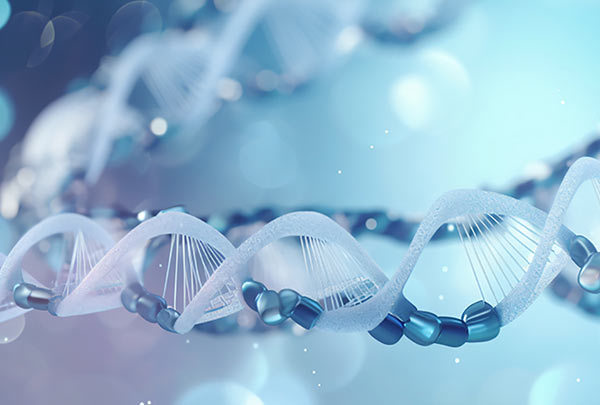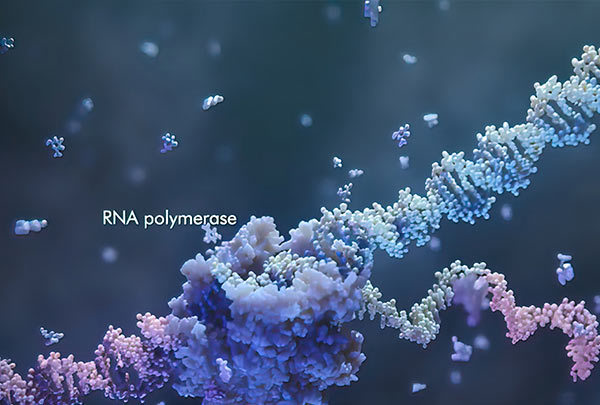
HUAREN MEDICAL TECHNOLOGY
R & D SERVICES
Preclinical CRO
- R&D Pipeline
- Gene Therapy
Pharma CRDMO
( Contract research, development and production )
Preclinical Animal Testing

Gene Therapy
Gene therapy, as a new means of disease treatment, brings new hope for the treatment of diseases that cannot be cured by traditional medicine. It mainly uses vectors and other delivery systems to introduce exogenous genes into body cells, or uses gene editing technology to directly realize base substitution, knock-in or knock-out of genes, or infuses the cells of a certain tissue or organ back into the body after modification or modification in vitro by gene editing technology, so as to repair the damaged genes and correct the function of genes, and ultimately to achieve the purpose of treating diseases.
• Strategies For Gene Therapy
The strategies of gene therapy are in vivo gene therapy (in vivo therapy) and ex vivo gene therapy (ex vivo therapy).

|
• In Vivo Gene Therapy
• Somatic Gene Therapy
|
• Vectors For Gene Therapy
• Gene Therapy Vectors
Gene therapy vectors are important media for introducing exogenous genes into target cells in vivo, and their carrying capacity and introduction efficiency seriously affect the therapeutic effect, which can be categorized into viral vectors and non-viral vectors.
• Virus Vector
Viral vectors are used to introduce target genes into recipient cells by means of viruses thereby realizing the treatment of diseases. It has been widely used in cells, animal models and clinical applications. Non-viral vectors are used to realize the purpose of gene transfer through non-viral vector materials.
• Non-Viral Vector
The transduction efficiency of non-viral vectors is lower than that of viral vectors, which can only express the target gene instantaneously. With the improvement of technology, new delivery materials, such as nanomediators, have been introduced, and the new generation of delivery materials will become a better choice for gene therapy.



